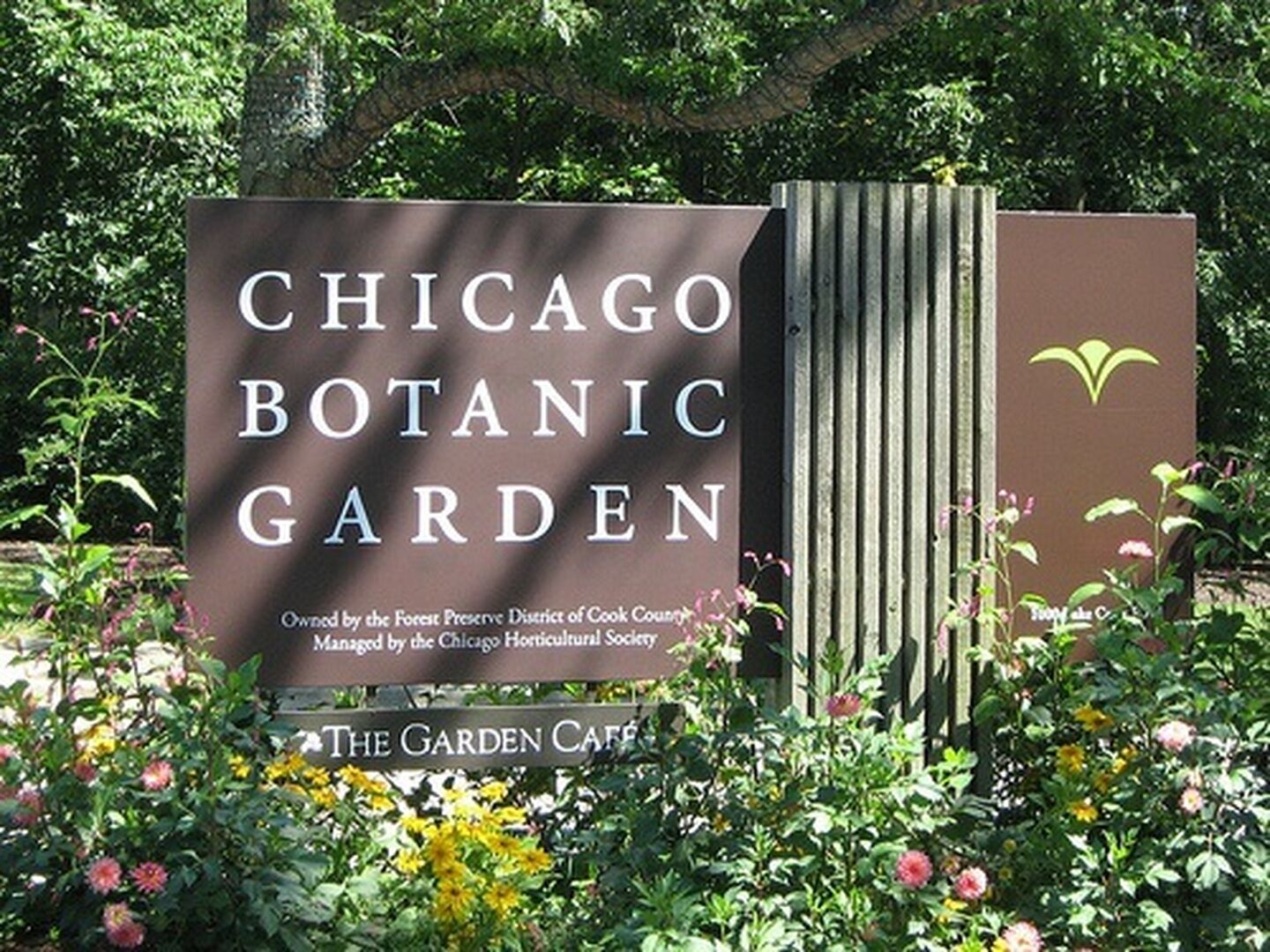How to Seal a Basement in Glencoe, IL 60022

Glencoe, IL is a small community with only 8700 residents and 3200 homes. What it lacks in size it makes up for in beauty and quality of life, not to mention a picturesque setting on the bluffs above Lake Michigan.
Maybe the most impressive thing about Glencoe, though, is that such a small town could be the location of something as big as the Chicago Botanic Gardens. The largest public garden in the U.S., the Botanic Garden is a 385-acre living museum of plant life throughout which are spread 26 gardens on and around nine islands. Nearly 1,000,000 people visit the Botanic Garden each year and many take advantage of its other resources, including the Joseph Regenstein, Jr. School of the Botanic Garden that conducts both academic and enrichment programs in horticultural sciences.
Life goes on, however, amidst the beauty of the Botanic Garden and the lakefront and Glencoe homeowners find themselves facing the same maintenance and repair problems with their homes as do their neighbors in Northbrook and Winnetka. Given that nearly half of the homes in Glencoe were built before 1940, it is common for homeowners there to need to seal their basements against water.
Seal a Basement in Glencoe? Here are 3 Ways it can be Done
As in any home repair, the final recommendation for sealing a basement in Glencoe will be based on the individual home’s condition, the source of seepage and other factors. There are, however, 3 ways in which the work is commonly done.
Exterior Waterproofing – One common source of seepage is through patches of porous concrete or masonry, through deteriorating mortar joints or over the top of the foundation. These problems can be corrected by applying an exterior waterproofing membrane to the foundation walls. Consisting of a thick coat of asphalt-modified polyurethane applied with a trowel, the membrane creates a permanent barrier against water intrusion.
In cases of extremely heavy ground water, the membrane can be augmented by installing exterior drain tile and drainage board that channels the water downward.
Crack Repair – a very common source of basement seepage in Glencoe is a non-structural crack in a poured concrete basement wall. The best way to permanently repair a crack like this is to inject it from the inside with expanding polyurethane that seals the crack all the way through to the outside soil. The polyurethane remains flexible when cured to prevent minor foundation movement from re-opening the crack.
If the crack is inaccessible from the inside, it can be repaired on the exterior by digging a small hole along the foundation at the site of the crack. The hole is filled with sodium bentonite clay that sets up to form a pliable yet impenetrable water barrier on the outside of the foundation wall.
Interior Drain Tile – Another common source of seepage is water being forced through the cove joint or cracks in the basement floor by hydrostatic pressure under the foundation. Interior drain tile, perforated pipe buried in a bed of washed gravel under the basement floor, will alleviate the hydrostatic pressure and carry the water to a sump pump where it will be ejected from the basement. Installed properly, interior drain tile requires no maintenance.
Regardless of the means needed to fix the problem, a homeowner that wants to seal his or her basement requires the services of a professional basement waterproofing contractor that knows the homes in Glencoe. At U.S. Waterproofing, we’ve helped hundreds of homeowners in Glencoe keep their basements sealed and dry since we started out in business in 1957. Why not ask for our free advice?




